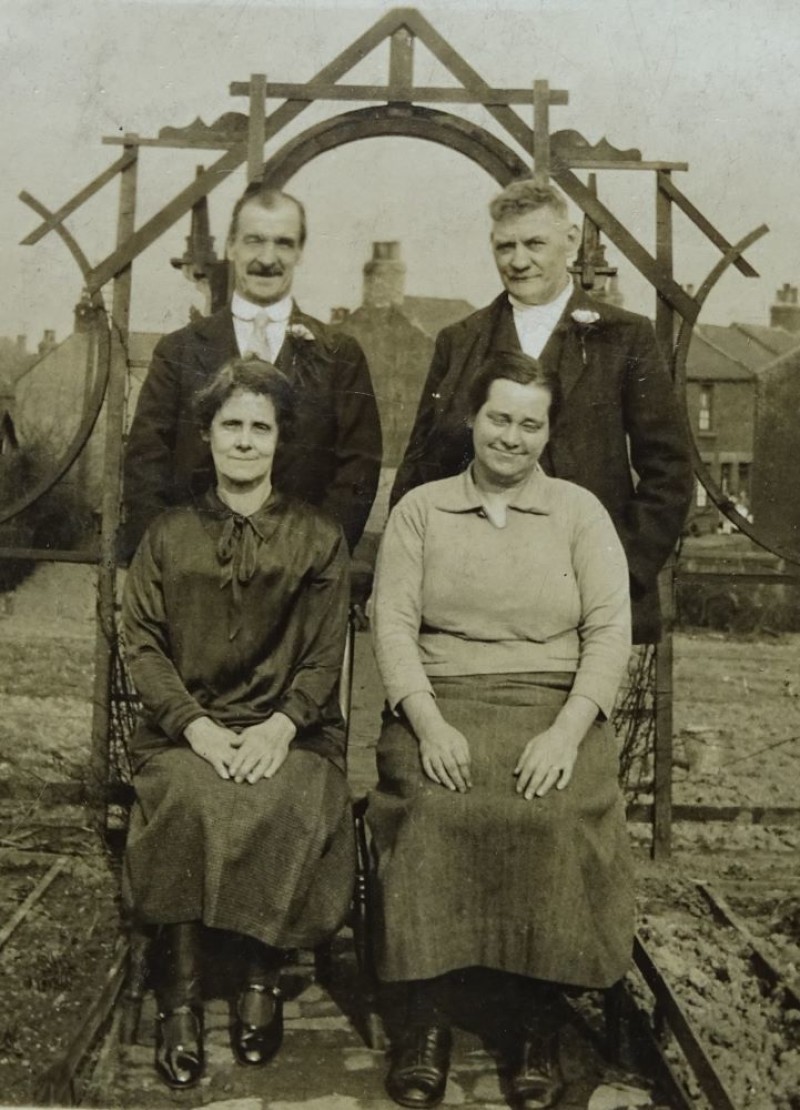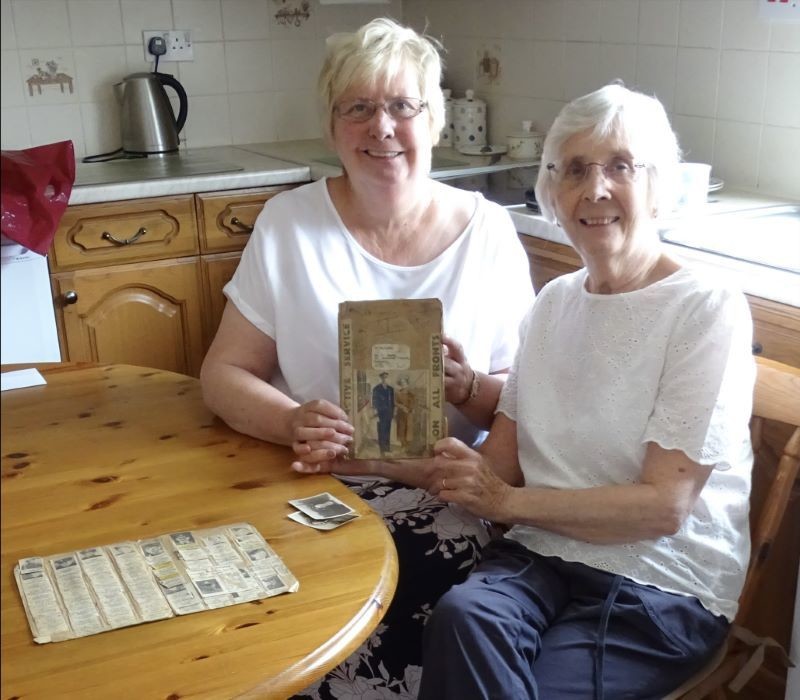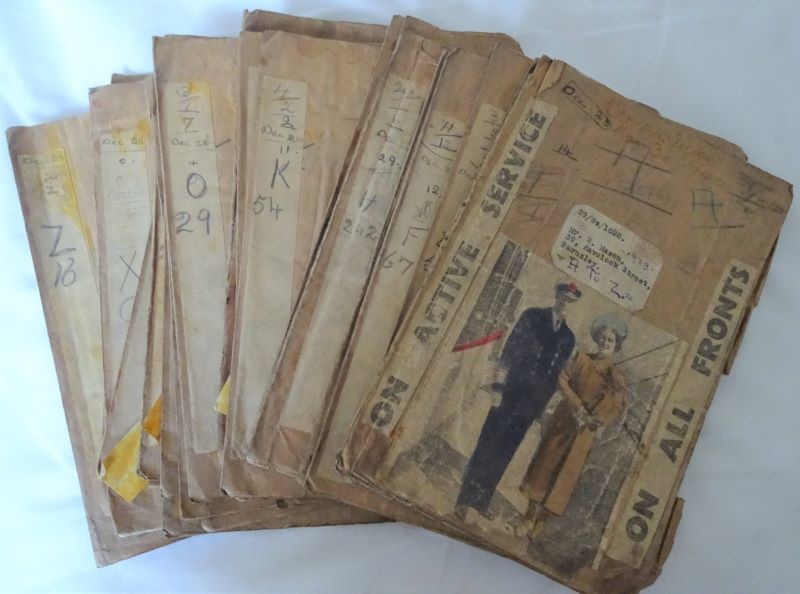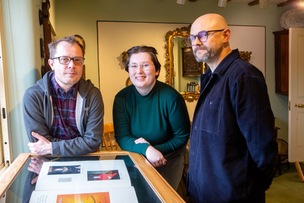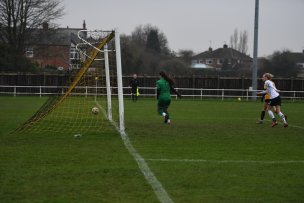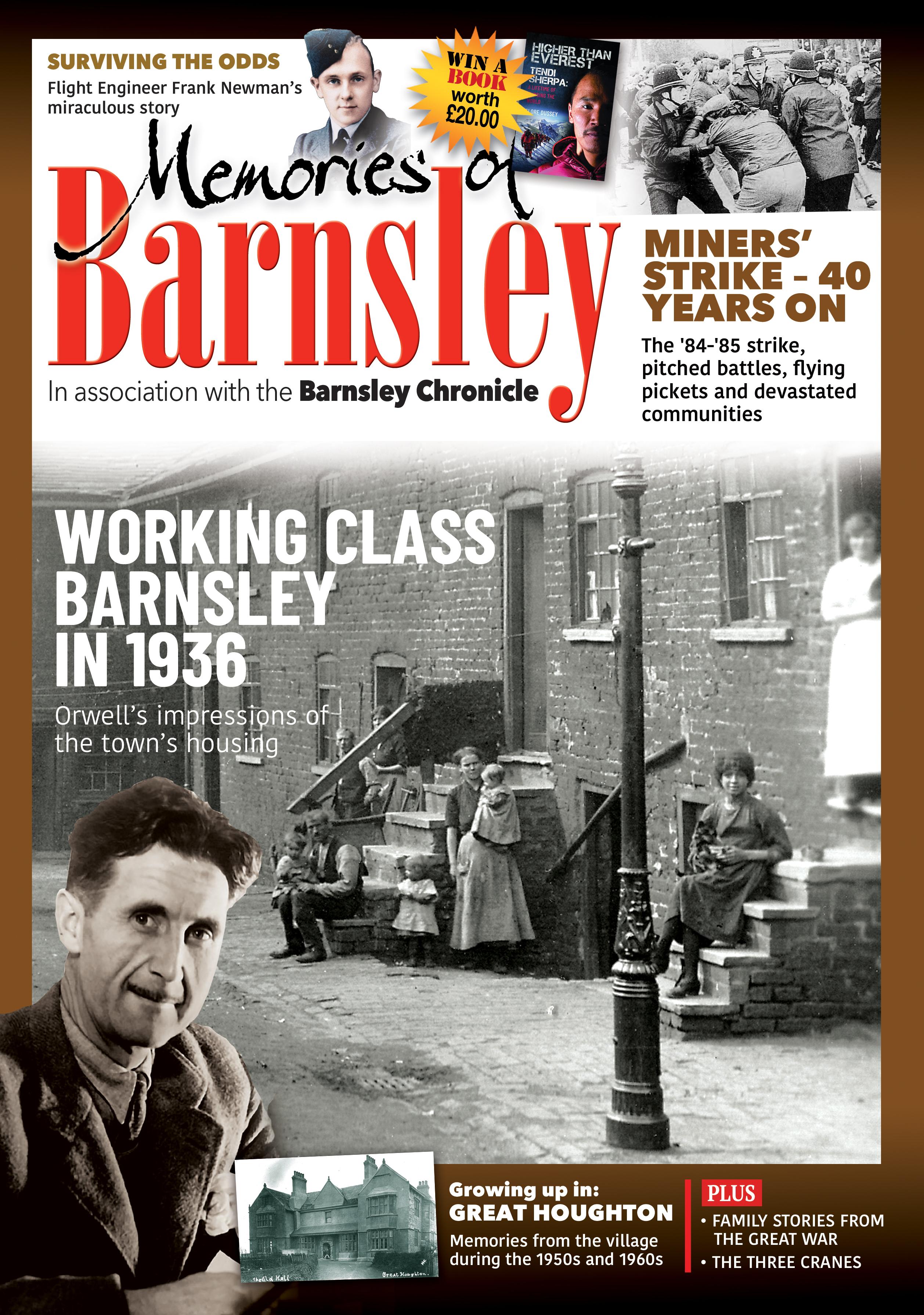PRECIOUS and meticulously-kept booklets documenting Barnsley’s involvement in the early stages of the Second World War have been shared with the granddaughters of the man who assembled them.
Dan Parker, at Barnsley Antiques Centre, had rescued from a house clearance a collection of booklets that William Mason had made, containing newspaper cuttings about men who served in the war.
They were donated to Barnsley Archives, and local historian Jane Ainsworth started looking into them.
Jane, of Victoria Road, Barnsley, contacted the Chronicle for help and an article was printed in May appealing for information from relatives of William.
Granddaughter Marjie Colton, who lives in Barnsley and regularly reads the Chronicle, alerted her younger sister Kath Higginbotton, who lives near Huddersfield, and they made contact with Jane via Dan.
“I met Marjie and Kath and we enjoyed a fascinating and emotional journey together sharing information about the Mason family, but their grandfather in particular,” said Jane.
“Paul Stebbing, archivist at Barnsley Archives, had generously allowed me to borrow the booklets to show the two sisters. They were extremely moved by what their grandfather had created and by how important this work was for him.
“They were delighted to handle the booklets but approve of their being kept in Barnsley Archives where they will be properly stored and made available for other people to use. They are very grateful to the team at Barnsley Antiques Centre for appreciating the heritage value of these home-made booklets.”
Marjie shared with Jane two photographs of William with his wife Ann, and one of their married daughters. She also had a few unusual documents, including a letter dated July 27 1875 confirming that her great-great-grandfather, also called William Mason, was an ‘Out-Pensioner’ of Her Majesty’s Royal Hospital at Chelsea. He had reached the age of 81 and was eligible for 1/6 ‘per diem’ - worth about £256 per week in 2017 - because he had served for 37 years as a private with the 20th Regiment of the Dragoon Guards. William received this well-deserved pension for just over three years until he died in late 1878 in Barnsley.
“Kath brought a file of family tree research carried out by her daughter for her 60th birthday,” said Jane.
“A crucial detail missing was the date of their grandfather William’s death. Marjie remembered him because her grandparents moved in with them at 85 Neville Avenue, Kendray, when war broke out but she was very young when he died.
“Kath was born after the war ended and sadly never met her grandfather. I discovered that he died in 1941, aged 67, and he was buried on July 4 1941 in Barnsley Cemetery. This explained why the newspaper cuttings were mainly for the early years of the Second World War and added poignancy to these meticulously filed records, realising that this was one of William Mason’s last projects before he died.”








